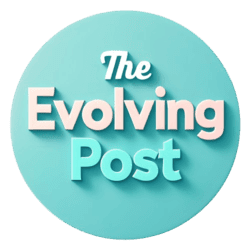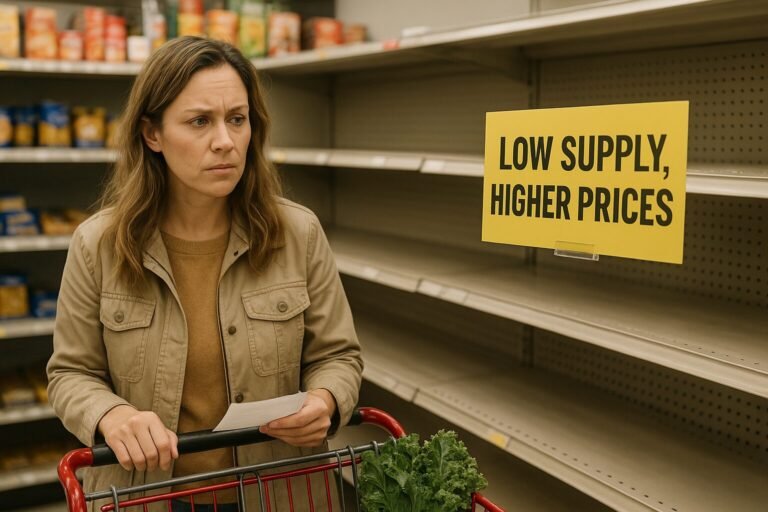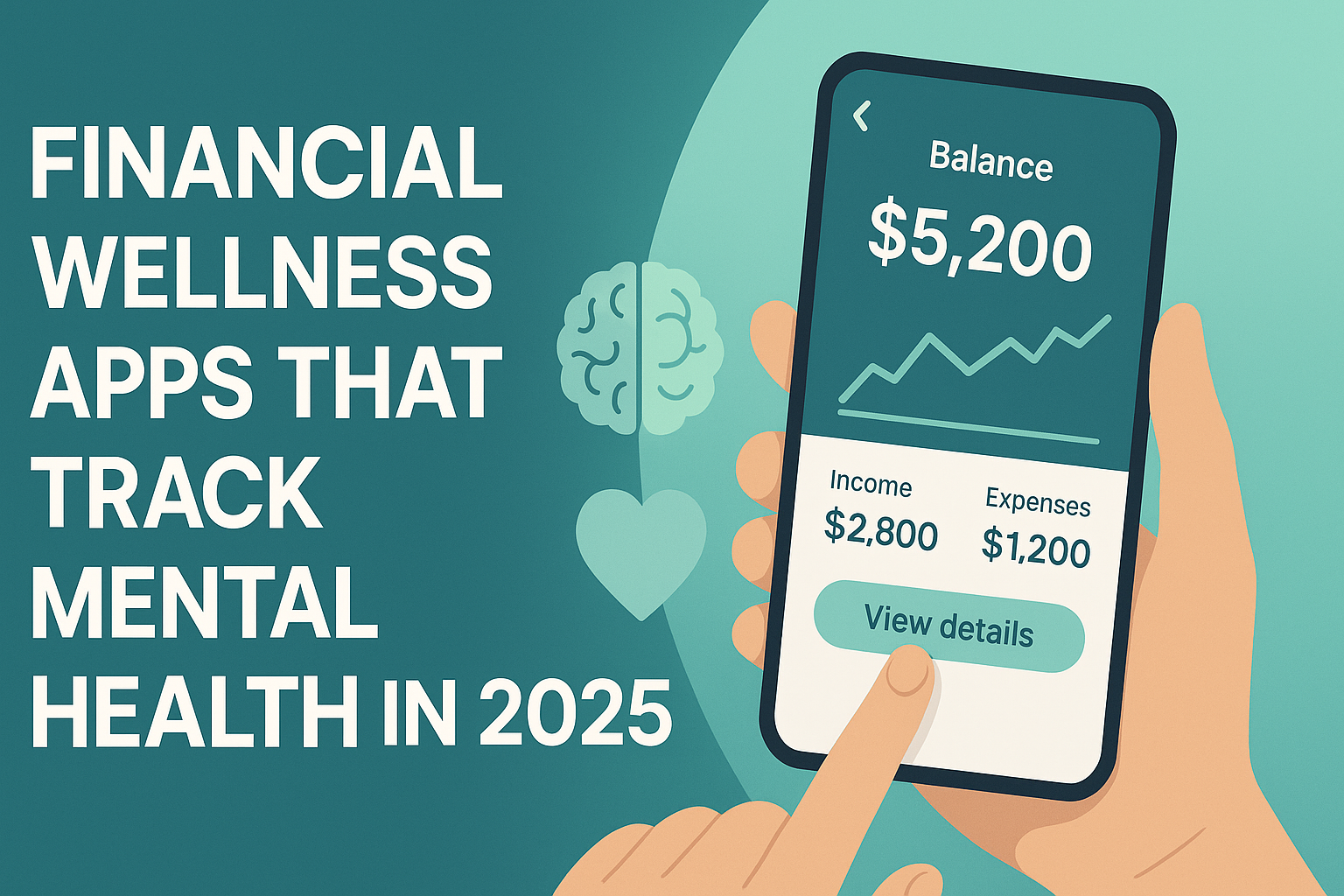A stagnant economy with rising prices may be looming — here’s how stagflation could impact your wallet, investments, and financial future.
There’s a word economists hope never makes a comeback: stagflation.
Unfortunately, in 2025, that word is creeping back into the mainstream — and for good reason. According to Torsten Sløk, chief economist at Apollo Global Management, the U.S. economy may be entering a stage where growth slows but inflation remains stubbornly high. In other words, the dreaded scenario where prices rise even as the economy grinds down.
If you’re trying to budget, buy a home, invest, or simply protect your financial health, understanding what stagflation means is more than an academic exercise. It’s a practical necessity.
Let’s break down what’s happening — and what steps you can take now to stay ahead of this economic curve.
Background & Context: What Is Stagflation — and Why Now?
Stagflation refers to a rare but dangerous combination: slow economic growth, high inflation, and often a stagnant or unstable labor market. It’s the economic version of a slow-motion collision — hard to stop, difficult to steer, and painful if you’re not buckled in.
Historically, stagflation was last seen at scale in the 1970s — during a time of oil shocks, supply chain disruptions, and policy missteps. Today, economists like Sløk argue we could be heading down a similar path, albeit for different reasons.
So what’s fueling this risk?
Lingering effects of trade tariffs imposed during previous administrations, which increased the cost of imported goods
Supply chain volatility driven by geopolitics and reshoring efforts
A tight labor market paired with sticky inflation, especially in core services like housing, insurance, and education
In other words, we’re not facing a recession in the classic sense — but we are looking at a potential scenario where wages can’t keep up with prices, borrowing gets more expensive, and growth stalls.
Deep-Dive Analysis
Impact on Homeowners and Mortgage Seekers
Let’s start with one of the most tangible areas: your home.
In periods of stagflation, mortgage rates typically rise. That’s because lenders demand higher returns to offset inflation risk. Even if the Federal Reserve holds policy rates steady, market-driven rates — like those on mortgages — often climb in uncertain environments.
If you already own a home with a fixed-rate mortgage, you’re in good shape. But if you’re house hunting or thinking about refinancing, you could face higher monthly payments for the same loan amount.
What to watch:
Bond yields, especially the 10-year Treasury
Federal Reserve tone on inflation (even subtle shifts matter)
Regional inflation trends in housing markets like Phoenix, Tampa, or Austin, which have outpaced national averages
Timing matters — and locking in a fixed rate when markets ease, even briefly, could save you thousands.
Impact on Investors & Savers
Stagflation is notoriously tough for investors. Here’s why:
Stocks often underperform because earnings slow, and inflation erodes future returns
Bonds can lose value if interest rates rise in response to inflation
Cash loses purchasing power unless yields keep up with prices
But there are ways to adapt:
Commodities — like gold, oil, and even agricultural futures — often perform well during stagflation
Treasury Inflation-Protected Securities (TIPS) provide built-in protection against rising prices
Dividend-paying stocks in defensive sectors (utilities, consumer staples, healthcare) can offer more stability
Diversification is crucial — not just across asset classes, but across geographies and inflation sensitivities. If your portfolio is still shaped for post-pandemic growth, now’s the time to review it.
For savers, the challenge is keeping up. Traditional savings accounts or CDs may yield 3–5% — but if inflation runs at 6–7%, you’re losing ground.
Consider:
High-yield online savings accounts
I Bonds, which adjust with inflation
Short-duration bond funds for liquidity with some yield cushion

Impact on Consumers & the Job Market
This is where stagflation really hits home: prices rise, but job and wage growth slow.
Unlike classic inflationary periods, where a booming economy drives up costs, stagflation means you’re paying more for less economic progress.
Consumer prices in 2025 are already being impacted by:
Elevated healthcare premiums
Insurance rate hikes (especially property and auto)
Food and utility costs, due to supply strain and climate-related disruptions
Meanwhile, companies facing squeezed margins may:
Delay hiring
Freeze wages
Cut back on expansion
This is particularly concerning in sectors like retail, hospitality, and transportation — which may see higher costs but limited pricing power.
If you’re in the workforce, especially in roles vulnerable to economic slowdowns, it’s worth considering a skills audit or transition plan. Industries like cybersecurity, AI operations, and green energy remain resilient even in low-growth conditions.
Actionable Takeaways & Key Insights
Refinance smartly. If you’re considering refinancing a home or loan, act when rates dip — even temporarily. In stagflation, rate volatility becomes the norm.
Rebalance your portfolio. Tilt toward assets with inflation resistance: TIPS, commodities, energy, and defensive dividend stocks.
Budget with realism. Prices for food, insurance, and housing may not normalize soon. Plan household spending with buffer zones.
Sharpen your career edge. Look into upskilling for high-resilience sectors: clean energy, tech infrastructure, health systems, and finance.
Follow policy closely. Tariffs, interest rate decisions, and international trade deals all matter. These will drive market sentiment more than usual.
Conclusion & Call to Action
Stagflation may not be dramatic — but it’s dangerous. It slowly erodes purchasing power, dampens opportunity, and makes financial decisions harder across the board.
But it doesn’t have to catch you off guard.
With a proactive mindset and clear financial strategy, you can not only weather a stagflationary storm — you can reposition to thrive in it. The key is preparation: rebalancing, reskilling, and staying deeply informed.
Because when inflation rises and growth stalls, the winners aren’t the ones who gamble — they’re the ones who plan.
Stay tuned to The Evolving Post for more smart, actionable updates that impact your money and your future — because understanding the system is the first step to changing your financial story.
While this analysis is based on thorough research, it is for informational and educational purposes only and should not be considered financial advice.








